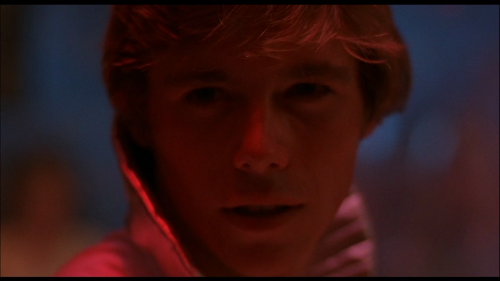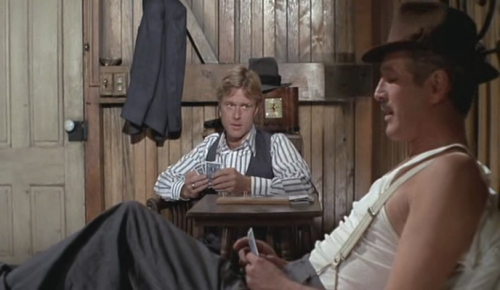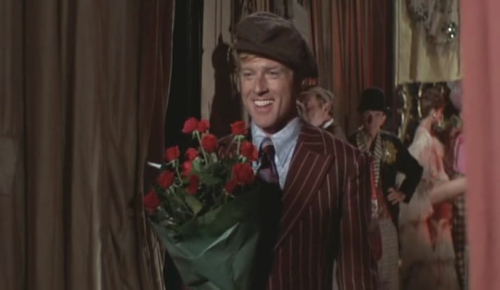Director: David Christensen
Screenplay: David Christensen
Here’s a surprise: a sharp, penetrating character study that doubles as a multilayered essay on domestic violence – made in Calgary, of all places. The location may not seem thrilling, but one soon discovers it is integral to the story.
A thirtysomething couple with two young children arrive in the latter-day boomtown Calgary, hoping to earn enough money in their new jobs to purchase a house and put down roots. The wife, Claire (Caroline Cave), finds employment at a local art gallery, where her ingenuity and savvy with customers quickly draws the attention of her (profit-hungry) boss. The husband, Warner (JR Bourne), has a head position for a non-profit community organization, whose acronym is, ironically enough, M.O.R.E..
The nagging pressure of getting ahead in a city so focused on material gain begins to weigh on the couple. At the non-profit, Warner must remain on probationary status with the board of directors until he can prove himself capable of fixing the damage left by his predecessor’s shifty accounting schemes. Before such time, Warner will not claim the salary necessary for Claire and him to afford a down-payment on a house.
Tensions rise between the couple. A spectacular blow-out at Claire’s work finds Warner storming off in a huff. Shortly thereafter, while alone at the gallery, Claire is bludgeoned with a hammer by a mysterious assailant, leaving her in a temporary coma. When police move in to investigate, they find that Warner is the only feasible suspect.
Adapted from an American novel by Fred Leebron, Six Figures marks Calgary-born documentary filmmaker David Christensen’s first and, to date, only foray into narrative feature filmmaking (he returned to the Toronto Hot Docs festival this past spring with his latest non-fiction feature, The Mirror). His direction here is remarkably sensitive, almost meditatively tuned to the implicit tensions between characters which threaten to explode with each passing exchange of dialogue, gesture, glance (e.g., an ostensibly innocent game of slap-hands played between Claire and Warner turns progressively unsettling). This slow-boiling unease, accomplished through a judicious use of soundtrack, master-shot framings and long-takes, among other strategies, has earned Six Figures aesthetic comparisons to the work of Michael Haneke.
Six Figures also demands favourable comparison with the Austrian master for the way it exposes how people in the present are doomed to inherit the conflicts of the past (Haneke’s Caché provides the superior example of this). Warner, for example, has not only inherited his predecessor’s malfeasance at work; he also seems to have inherited the violent temper his mother (Joyce Gordon) subjected him to as a child, possibly incriminating him further in the assault on Claire. If Warner is to (re)gain the trust of the other characters, and of the audience, he must prove himself capable of conquering his inheritance – of breaking the chains tying him to the indiscretions of the past.
The title “Six Figures” resonates in multiple ways. It can be seen to refer to both the salary that so agonizingly eludes Warner, and to an unseen sixth character in the story – indeed, the mystery figure who catalyzes so much of the five central characters’ (Claire and Warner; his parents, and her mother) grief. This latter figure is ostensibly Claire’s unknown attacker (if not Warner, then who?), but one could also argue that the “sixth figure” represents Claire’s absent father, a man whom we learn through subtle clues was an abusive presence in Claire and her mother’s life. (This absentee father also completes the set of three married couples in the film – Claire and Warner; and their parents – that together comprise a case study in marital and familial dysfunction.) Whichever way one chooses to interpret this ambiguous “sixth figure,” the term connotes a destructive influence in the collective characters’ lives: an axis-point of conflict and tragedy.
-Cam




















